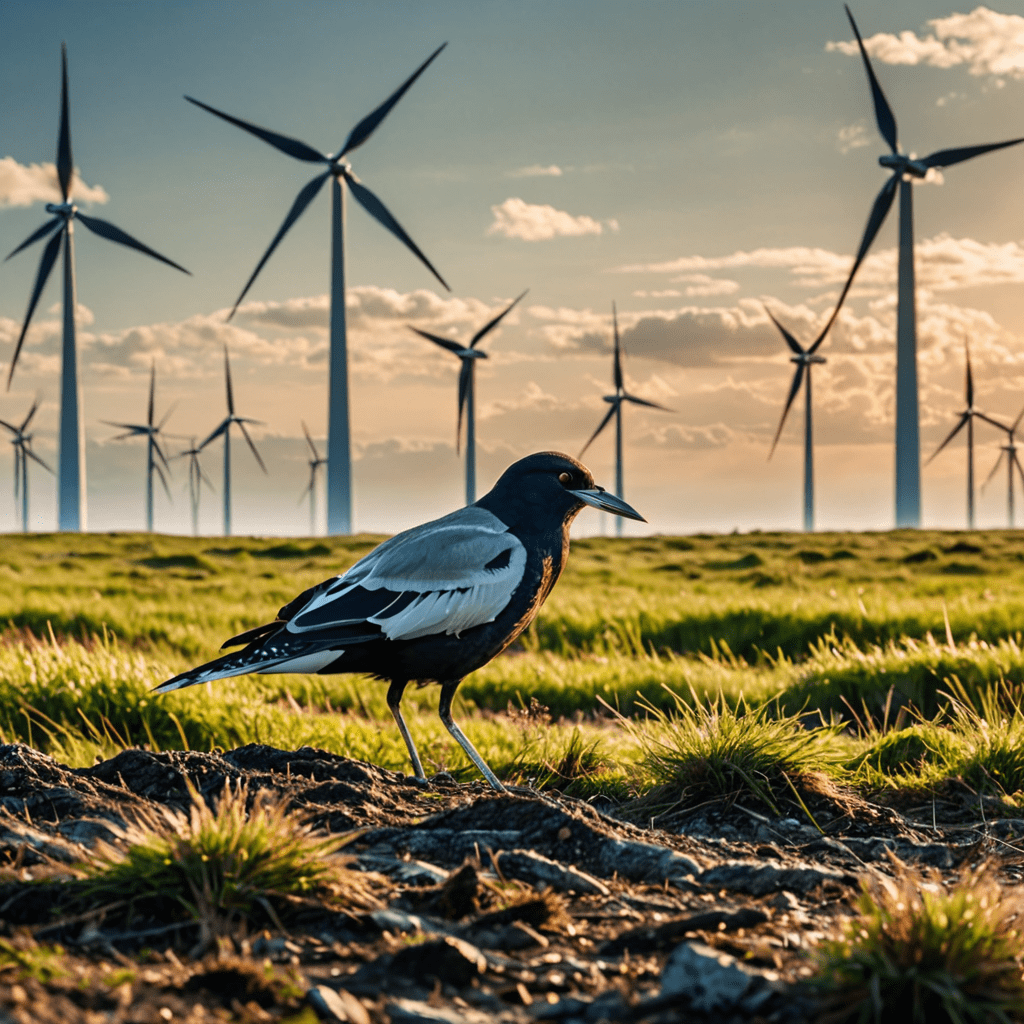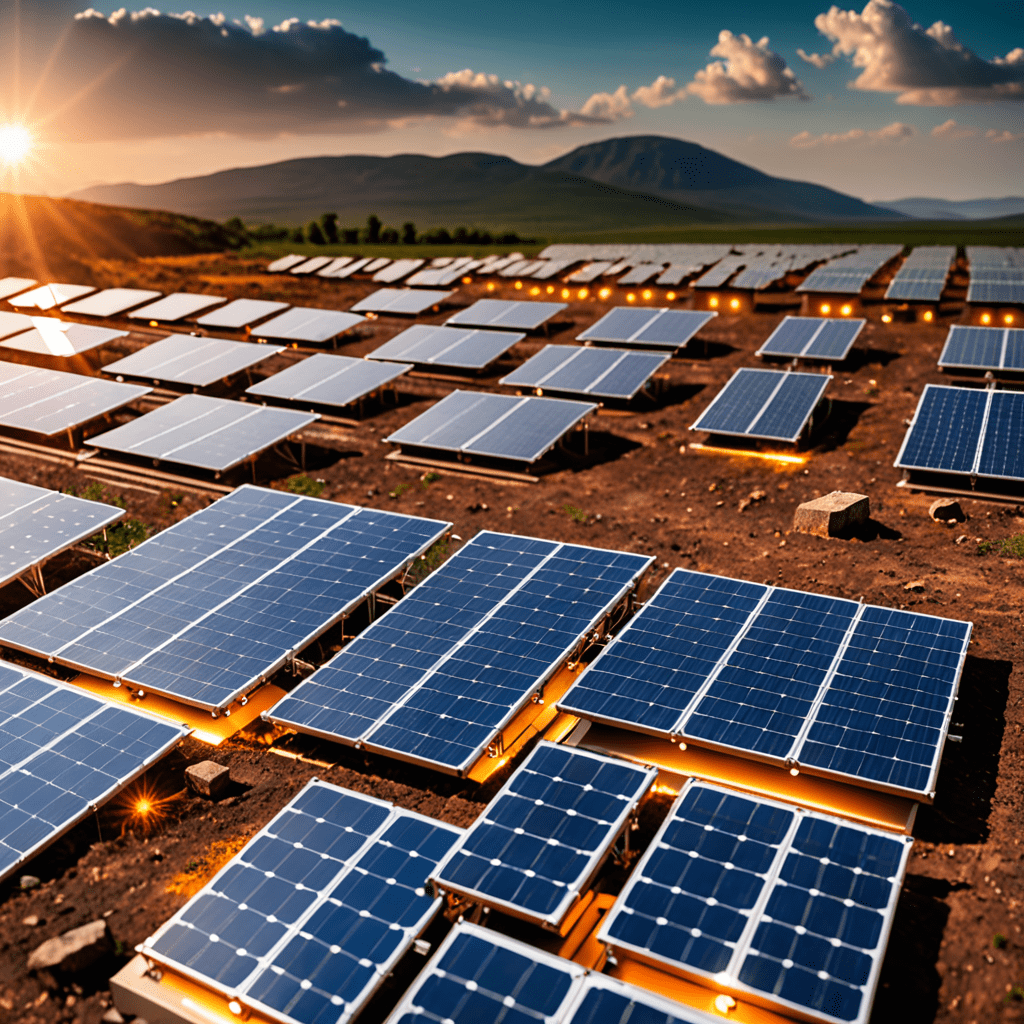
The Impact of Wind Energy on Avian Wildlife Conservation
As the world looks towards sustainable energy sources, the impact of wind energy on avian wildlife conservation is a topic of increasing importance. Let’s delve into how wind energy initiatives affect bird populations and what measures are being taken to mitigate any negative consequences.
Understanding Wind Energy and Its Role
Wind energy is harnessed through turbines that convert wind power into electricity. While it is a clean and renewable energy source, the placement of these turbines in bird-rich areas has raised concerns about potential harm to avian wildlife.
Challenges Faced by Avian Wildlife
Birds face a range of challenges from wind turbines, including collisions with the blades, habitat disruption, and disturbance to migratory patterns. Large birds of prey and migratory birds are particularly vulnerable to these risks.
Measures to Mitigate Impact
To address these challenges, researchers and conservationists are collaborating with the wind energy industry to implement solutions such as proper siting of turbines, using radar technology to detect birds, and adjusting turbine speed during peak migration times.
Technological Innovations for Wildlife Protection
Technology plays a crucial role in minimizing avian casualties. Innovations like the use of thermal cameras to track bird movements, acoustic deterrents, and advanced monitoring systems are being developed to safeguard bird populations.
Collaborative Efforts for Conservation
Partnerships between environmental organizations, government agencies, and the wind energy sector are essential for effective conservation. By working together, stakeholders can strike a balance between renewable energy goals and wildlife protection.
Educating the Public on Avian Conservation
Public awareness campaigns are crucial in promoting a better understanding of the impact of wind energy on avian wildlife. Through education and community engagement, individuals can contribute to safeguarding bird populations for future generations.
Conclusion
In conclusion, the integration of wind energy into our energy mix is vital for a sustainable future, but it must be done responsibly to ensure the conservation of avian wildlife. By adopting innovative technologies and collaborative conservation strategies, we can mitigate the impact on birds while advancing clean energy initiatives.
FAQs about Wind Energy’s Impact on Avian Wildlife Conservation
What is the relationship between wind energy and avian wildlife conservation?
Wind energy plays a crucial role in sustainable power generation, but it can have impacts on avian wildlife due to bird collisions with turbine blades and habitat disruption.
How do wind turbines affect bird populations?
Wind turbines can pose a threat to birds, especially those that fly at low altitudes. Collisions with turbine blades are a significant concern, but proper planning and design can help minimize these risks.
What measures are taken to mitigate the impact of wind energy on avian wildlife?
To protect avian wildlife, researchers and developers implement strategies like proper siting of wind farms away from crucial bird habitats, monitoring bird movements, and researching technology improvements to reduce bird collisions.
Are there any success stories in balancing wind energy development with avian wildlife conservation?
Yes, there are success stories where collaboration between conservationists, industry, and policymakers has led to innovative solutions such as radar systems to detect birds and temporarily stop turbine operations, showcasing the potential for coexistence between wind energy and avian wildlife conservation.


